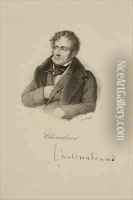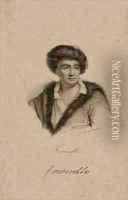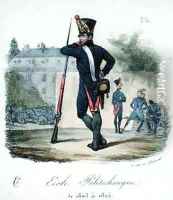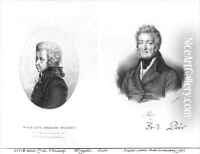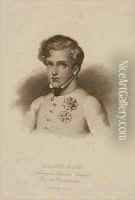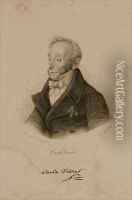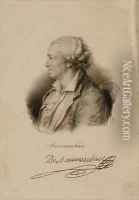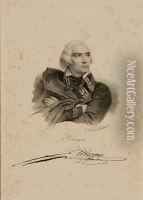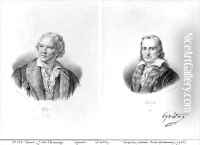Francois Seraphin Delpech Paintings
François Séraphin Delpech was a French lithographer and painter, known for his significant contributions to the development of lithography in France during the early 19th century. Born in 1778 in Paris, Delpech developed an interest in art at a young age and pursued his passion through formal training.
Initially, Delpech began his career as a painter, but he soon became fascinated with the emerging technique of lithography, which allowed for the mass production of images. This printmaking method, invented by Alois Senefelder at the end of the 18th century, was based on the principle that oil and water do not mix. It enabled artists to create images on limestone plates with greasy crayons or inks, which could then be printed onto paper.
Delpech's involvement with lithography coincided with a period of social change and a growing demand for visual culture in France. He recognized the potential of this new medium and established his own lithographic printing studio in Paris. His atelier became a hub for artists and writers, and Delpech played a pivotal role in popularizing lithography among French artists.
His work as a lithographer was diverse, spanning portraits, caricatures, and reproductions of paintings. Delpech's portraits, in particular, were highly regarded for their accuracy and attention to detail. He captured the likenesses of many prominent personalities of his time, contributing to the historical record of French society during the post-revolutionary period.
Unfortunately, Delpech's life was cut short, and he died in 1825. Despite his relatively brief career, his impact on the world of art, especially in the realm of printmaking, was significant. Delpech's commitment to lithography helped to establish the medium as a respected form of artistic expression in France and laid the groundwork for future generations of artists and printmakers.


